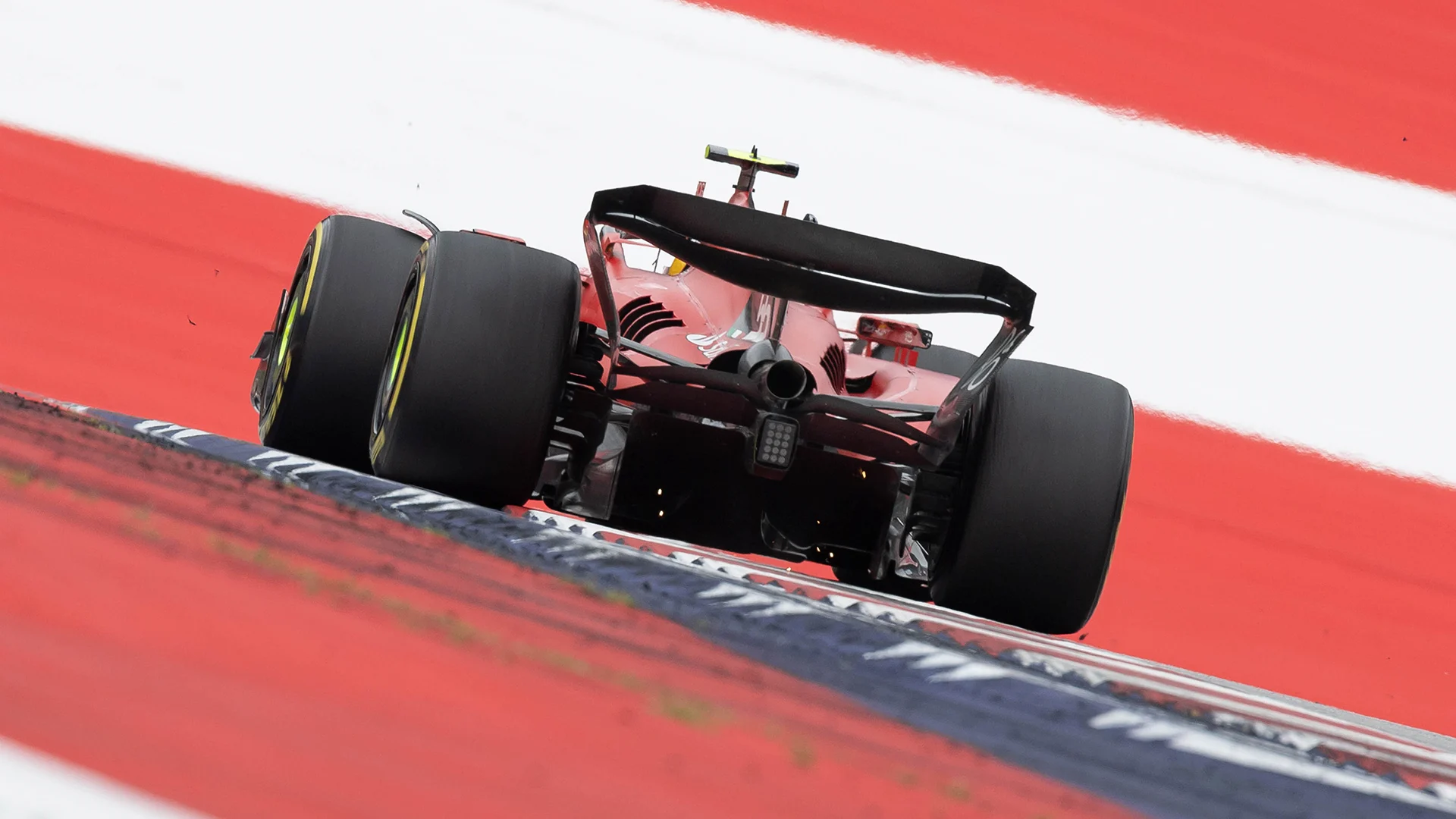Several hours after the Austrian Grand Prix concluded, the FIA handed out 12 penalties to eight drivers following a review into additional track limit offences after Aston Martin launched a protest. That led to a revised final race classification. Why were track limits such a talking point at the Red Bull Ring? Let’s dig into it…
What are track limits?
Track limits are the boundary around the edge of a circuit – defined by a white line. Should a driver cross that line with all four wheels, they are deemed to have breached track limits.
READ MORE: Verstappen beats Leclerc for victory in Austria to make it five wins in a row
Next Up
Related Articles
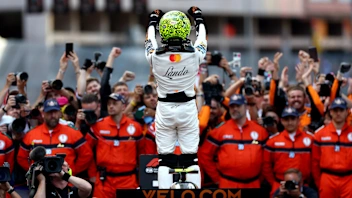 PalmerThe 6 defining moments of Norris’ title-winning season
PalmerThe 6 defining moments of Norris’ title-winning season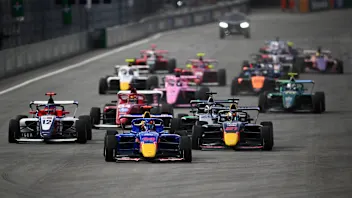 F1 ACADEMY unveils calendar for 2026 season
F1 ACADEMY unveils calendar for 2026 season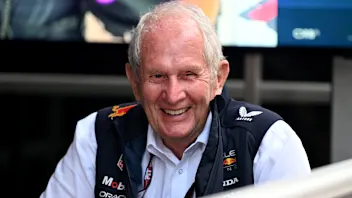 TremayneWhy ‘true racer’ Marko will be missed as he leaves Red Bull
TremayneWhy ‘true racer’ Marko will be missed as he leaves Red Bull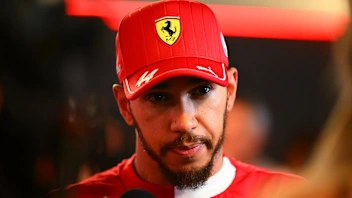 Hamilton 'doesn't have a mindset' for 2026 after tricky year
Hamilton 'doesn't have a mindset' for 2026 after tricky year All the drivers taking part in the post-season test
All the drivers taking part in the post-season test Norris collects World Championship trophy at FIA Awards
Norris collects World Championship trophy at FIA Awards
